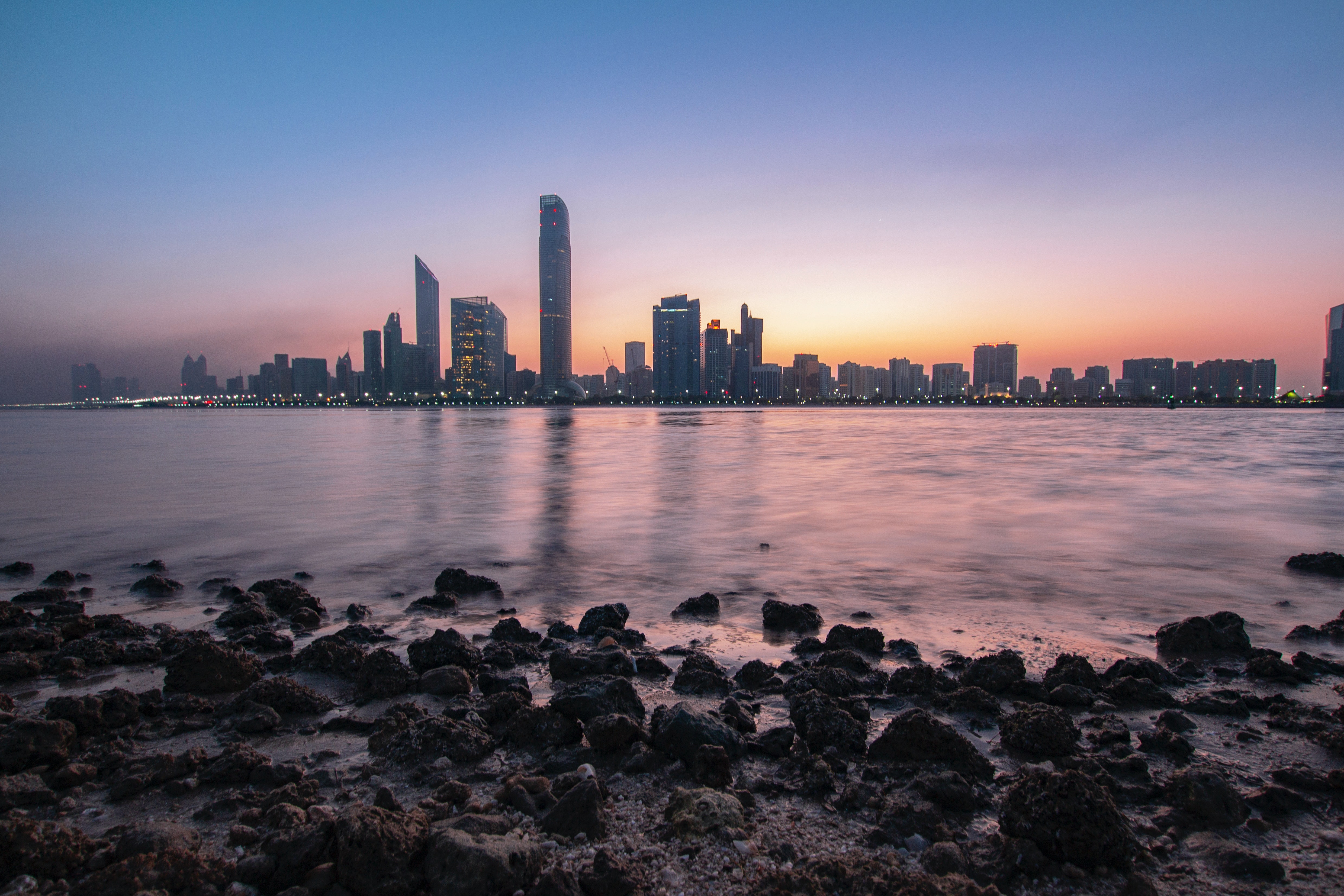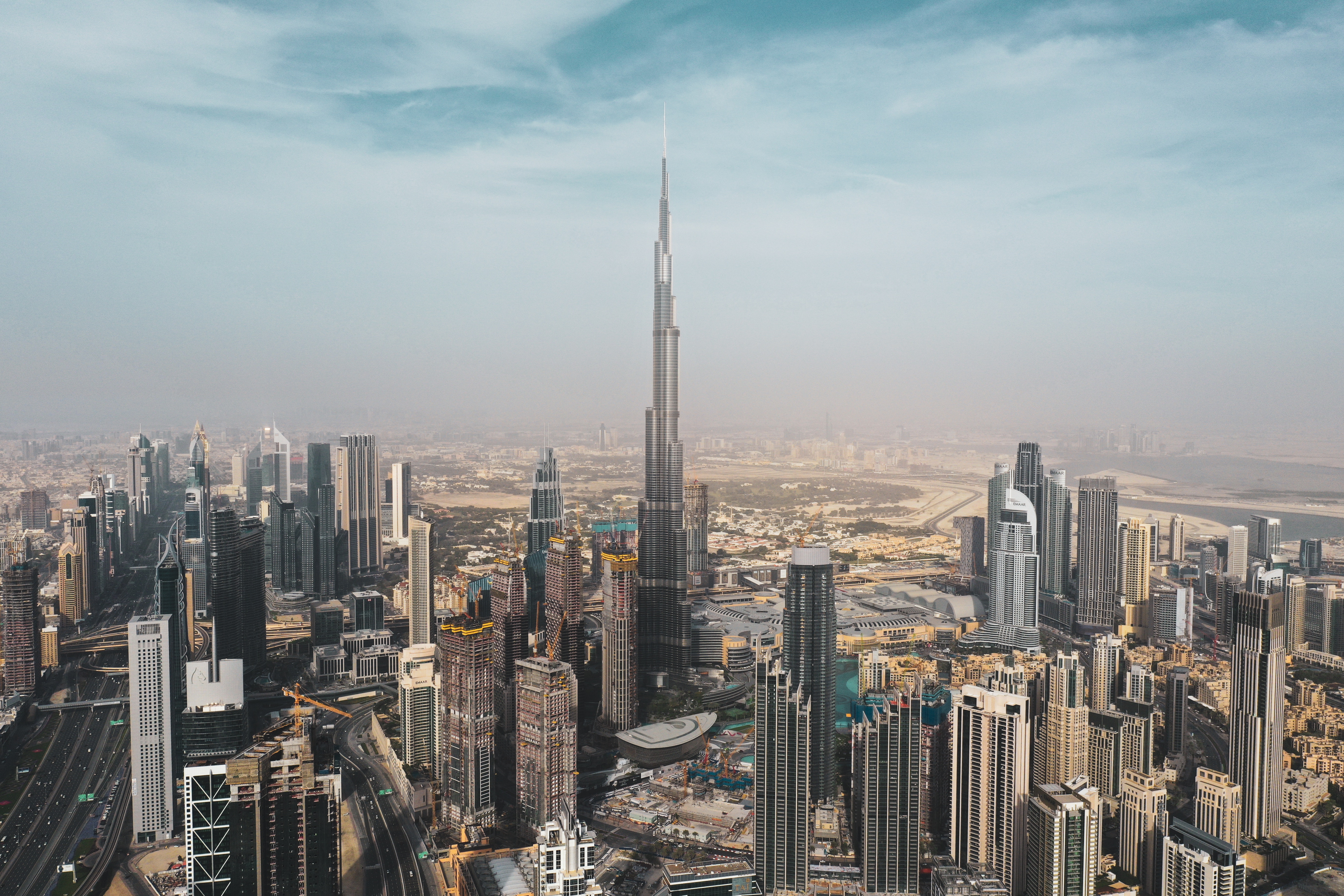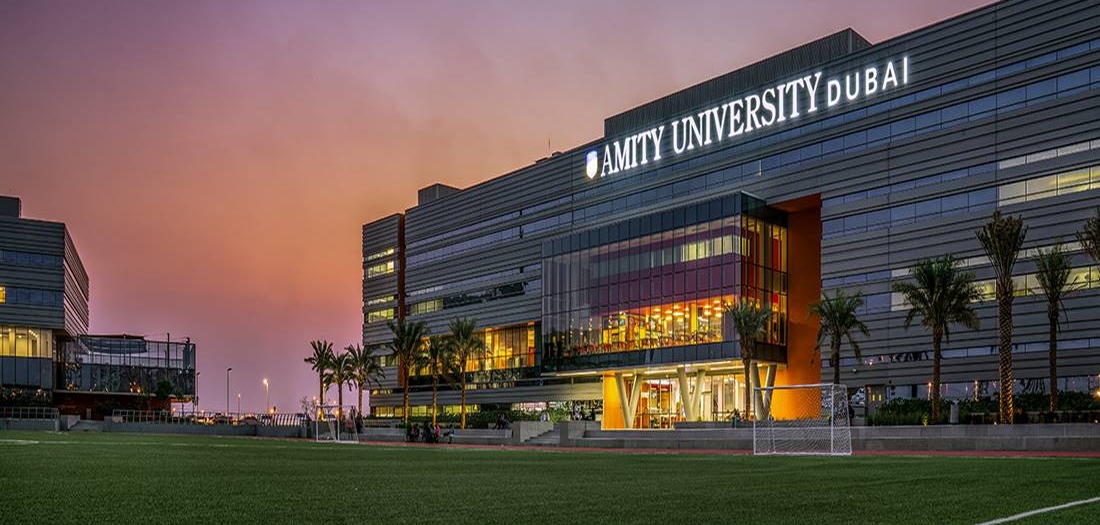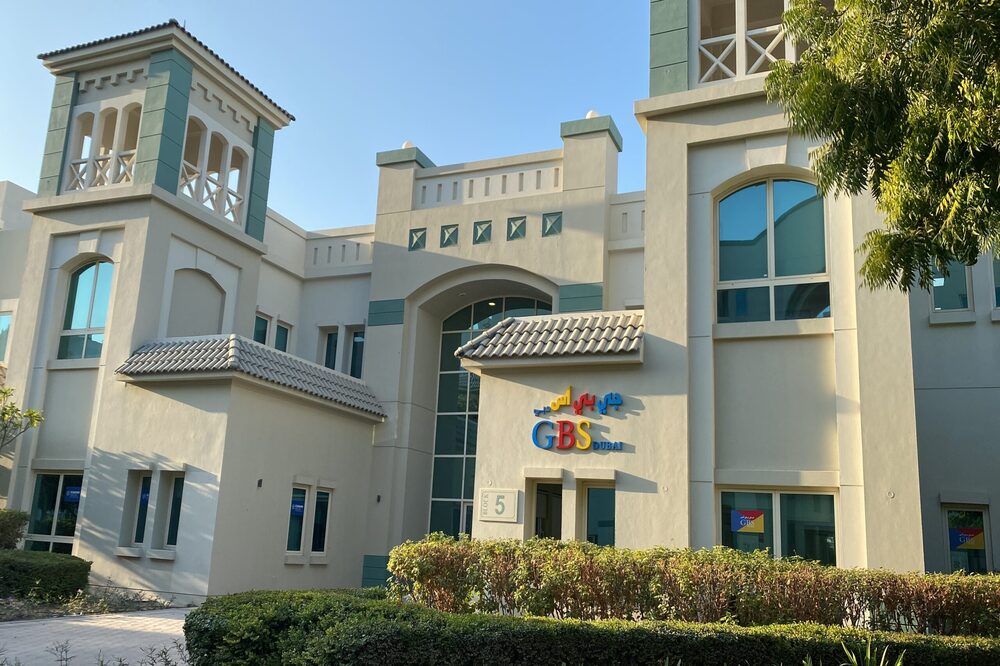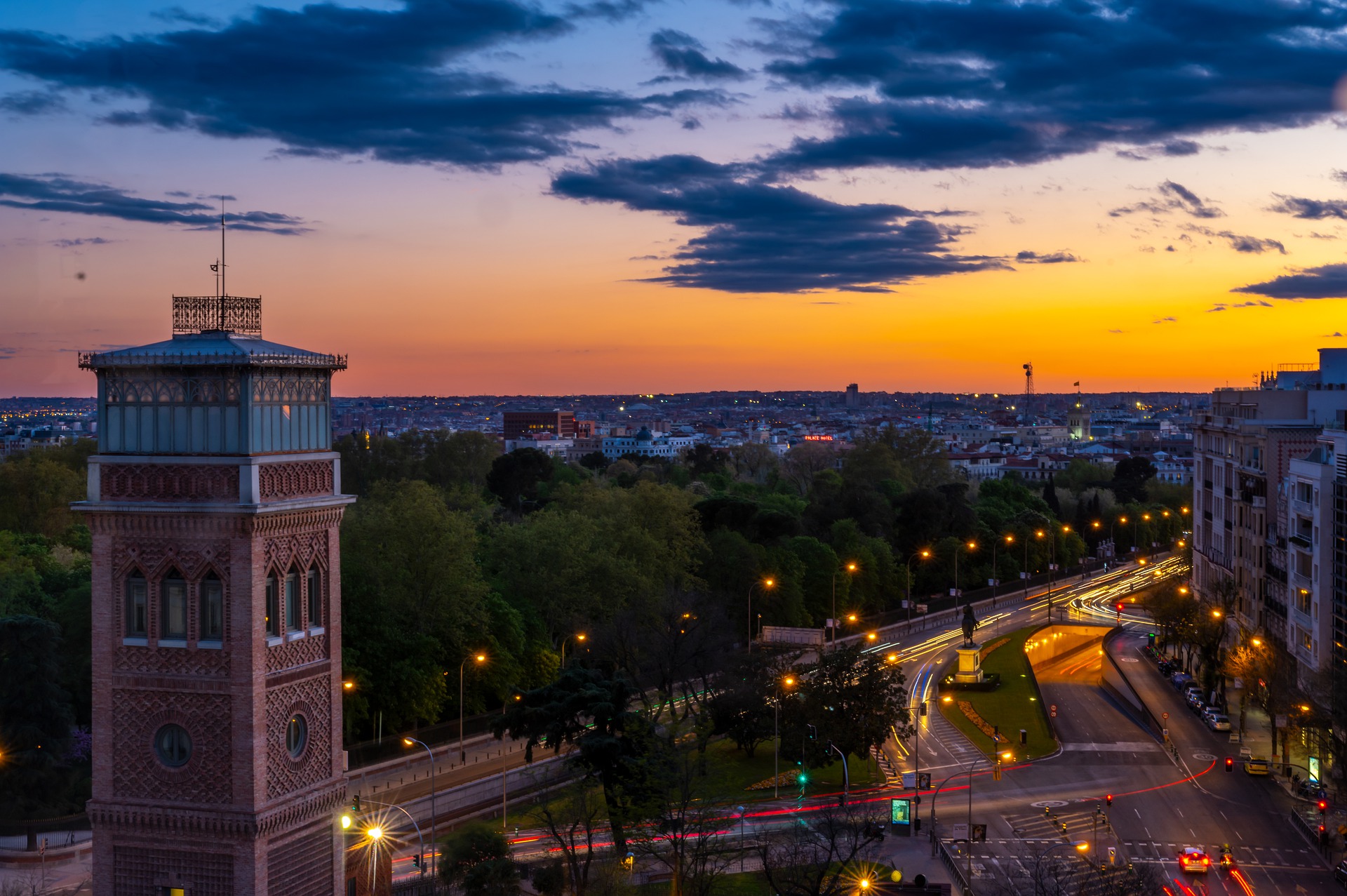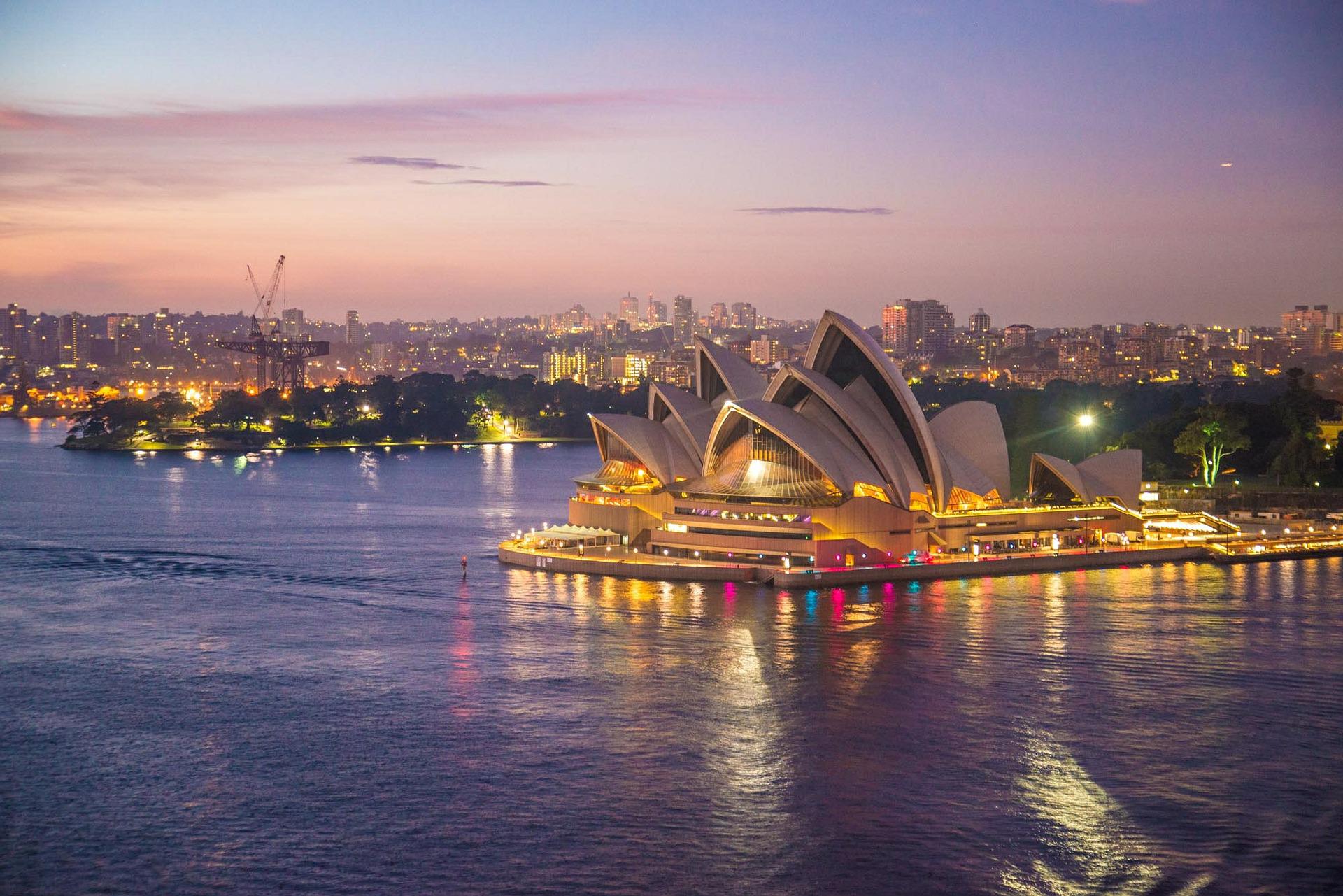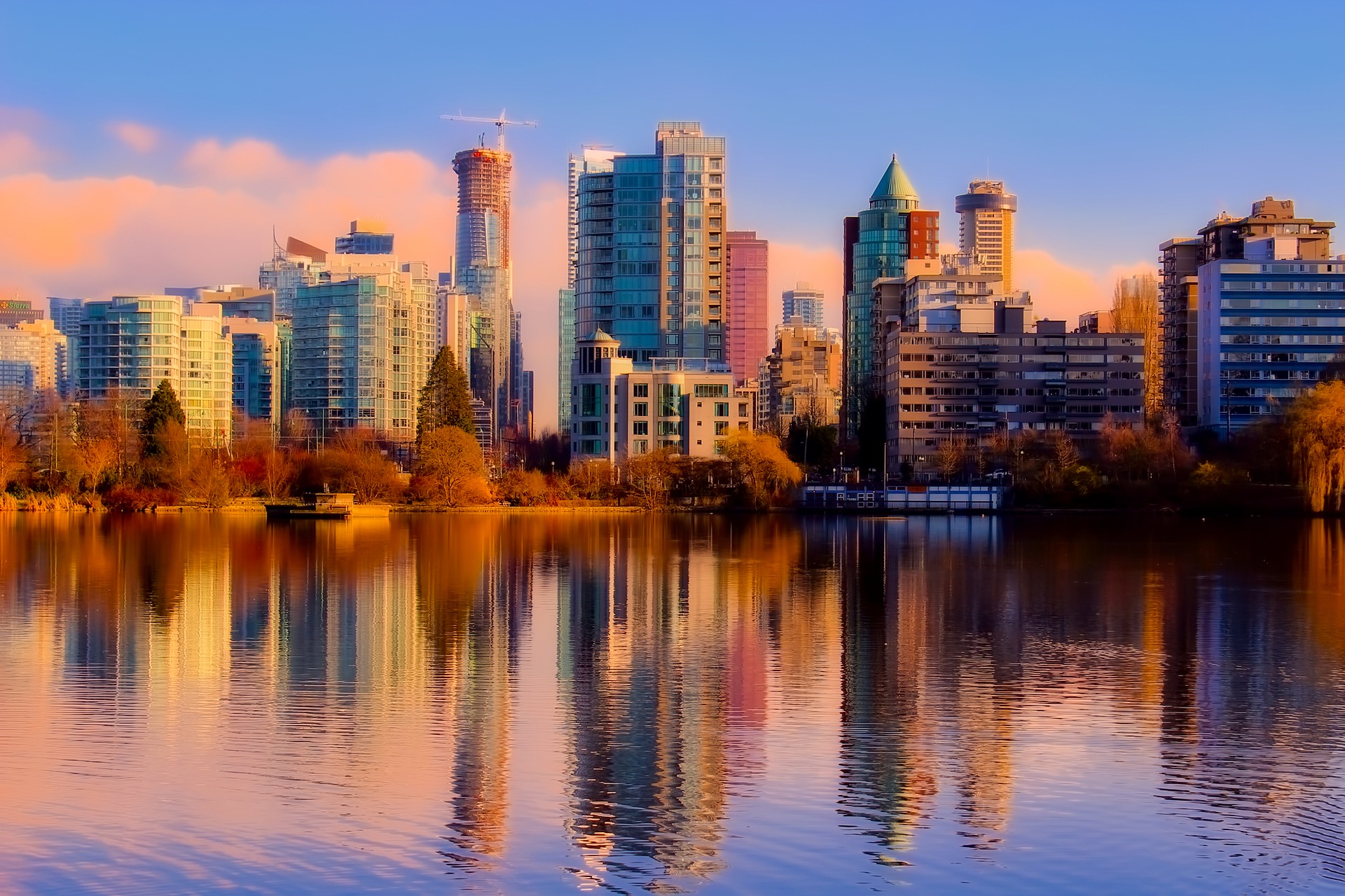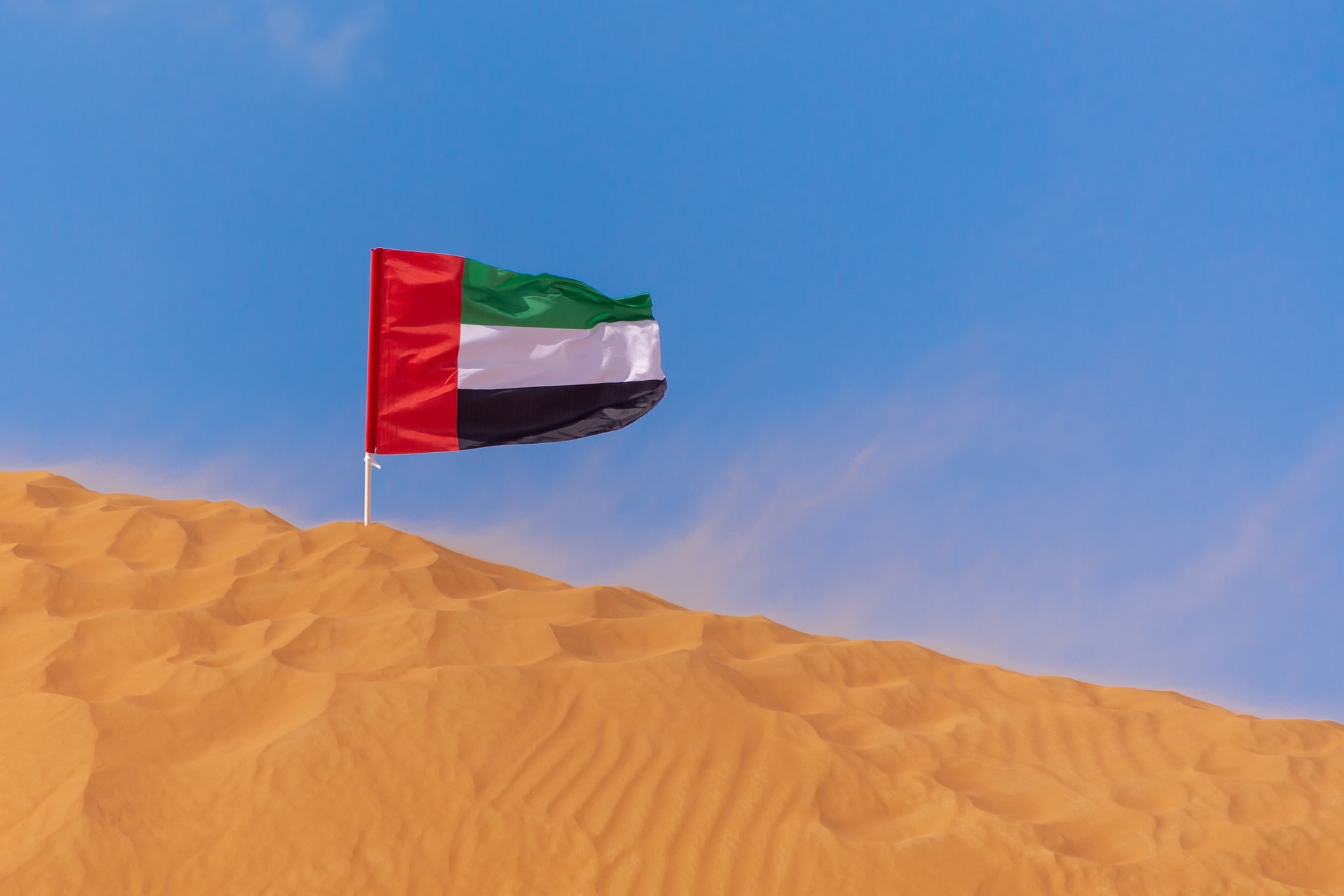
UNITED ARAB EMIRATES
Abu Dhabi
Introducing UNITED ARAB EMIRATES
Currency
Emirati dirhams
Languages
Arabic
Time Zone
21/05/24
02:14 PM
In 19th-century treaties, the Trucial States on the Persian
Gulf coast gave the UK command over their defense and foreign policy. The
United Arab Emirates was created in 1971 as a result of the union of six of
these states: Abu Dhabi, 'Ajman, Al Fujayrah, Ash Shariqah, Dubayy, and Umm al
Qaywayn (UAE). In 1972, Ra's al Khaymah joined them. The GDP per person in the
UAE is comparable to that of the top West European countries. The UAE's economy
was driven for more than three decades by oil and international finance. The
UAE was particularly heavily struck by the combination of declining oil prices,
plummeting real estate prices, and the global banking crisis in 2008–2009. Due
in part to the government's multi-year, $1.6 billion infrastructure investment
plan for the poorer northern emirates and its relentless pursuit of proponents
of political reform, the UAE did not experience the "Arab Spring"
upheaval experienced elsewhere in the Middle East in 2010–2011. The UAE has
become more involved in regional issues in recent years. The UAE was one of the
first nations to join the coalition to defeat ISIS and took part as a major
partner in a Saudi-led military campaign in Yemen, in addition to providing
billions of dollars in economic aid to support the stabilization of Egypt. The
Abraham Accords, which were mediated by the US, were signed by the UAE,
Bahrain, and Israel on September 15, 2020, in Washington, DC. As a result,
after Egypt and Jordan, the UAE and Bahrain became the third and fourth Middle
Eastern nations to recognize Israel.
The Middle East, bordering the Gulf of Oman and the Persian Gulf, between Oman and Saudi Arabia
total: 83,600 SQ km land: 83,600 SQ km water: 0 SQ km
desert; cooler in eastern mountains
9,915,803 (2022 est.)
The economy of the United Arab Emirates is open, with a high
per capita income and a substantial yearly trade surplus. The oil and gas
sector now accounts for 30% of GDP thanks to successful economic diversification
measures. Since oil was discovered in the United Arab Emirates approximately 60
years ago, the nation has undergone a remarkable shift from a rural area of
small desert princes with a low standard of life to a modern state with a high
standard of living. The government has increased expenditure on infrastructure
development and employment creation, and it is expanding private sector
participation in utilities. Foreign investors are drawn to the country's free
trade zones because they offer 100% foreign ownership and no taxes. The 2009
economy was constrained by the 2008–2009 global financial crisis, limited
international lending, and depressed asset prices. The UAE government increased
spending and increased banking sector liquidity to lessen the impact of the
crisis. Dubai was severely exposed to falling real estate values, hence it was
hardest hurt by the crisis. Due to Dubai's inability to pay its debts, there
was concern about its financial stability on a worldwide scale, which led to a
$20 billion bailout from the government of Abu Dhabi and the UAE Central Bank,
which was refinanced in March 2014. Even though the UAE is one of the most
economically diverse nations in the Gulf Cooperation Council, the country's
dependence on oil poses a serious long-term concern. The UAE has had to reduce
spending, notably on some social programs, as a result of low oil prices, but
it has enough assets in its sovereign investment funds to finance its deficits.
In August 2015, the government lowered fuel subsidies, and in October 2017, it
instituted excise taxes on energy drinks and tobacco (100 percent on the former
and 50 percent on the latter). In January 2018, a value-added tax of 5% went
into effect. The strategic plan for the UAE's next few years emphasizes
economic diversification, positioning the country as a major hub for
international trade and tourism, industry development, and expanding job
opportunities for citizens through improved education and increased employment
in the private sector.
Emirati
Emiratis 11.6%, South Asian 59.4% (includes Indian 38.2%, Bangladeshi 9.5%, Pakistani 9.4%, other 2.3%), Egyptian 10.2%, Filipino 6.1%, other 12.8% (2015 est.)
1.6% (2016 est.) 3.6% (2014 est.) country comparison to the world: 15
Arabic (official), English, Hindi, Malayalam, Urdu, Pashto, Tagalog, Persian
Muslim (official) 76%, Christian 9%, other (primarily Hindu and Buddhist, less than 5% of the population consists of Parsi, Baha'i, Druze, Sikh, Ahmadi, Ismaili, Dawoodi Bohra Muslim, and Jewish) 15% (2005 est.)
0-14 years: 14.45% (male 745,492/female 698,330) 15-24 years: 7.94% (male 431,751/female 361,804) 25-54 years: 68.03% (male 5,204,618/female 1,592,987) 55-64 years: 7.68% (male 658,892/female 108,850) 65 years and over: 1.9% (2020 est.) (male 146,221/female 43,138)
frequent sand and dust storms
$655.79 billion (2019 est.) $644.97 billion (2018 est.) $637.384 billion (2017 est.) note: data are in 2017 dollars country comparison to the world: 34
0.8% (2017 est.) 3% (2016 est.) 5.1% (2015 est.) country comparison to the world: 178
$67,100 (2019 est.) note: data are in 2017 dollars $67,000 (2018 est.) note: data are in 2017 dollars $67,184 (2017 est.) country comparison to the world: 12
$421.077 billion (2019 est.)
